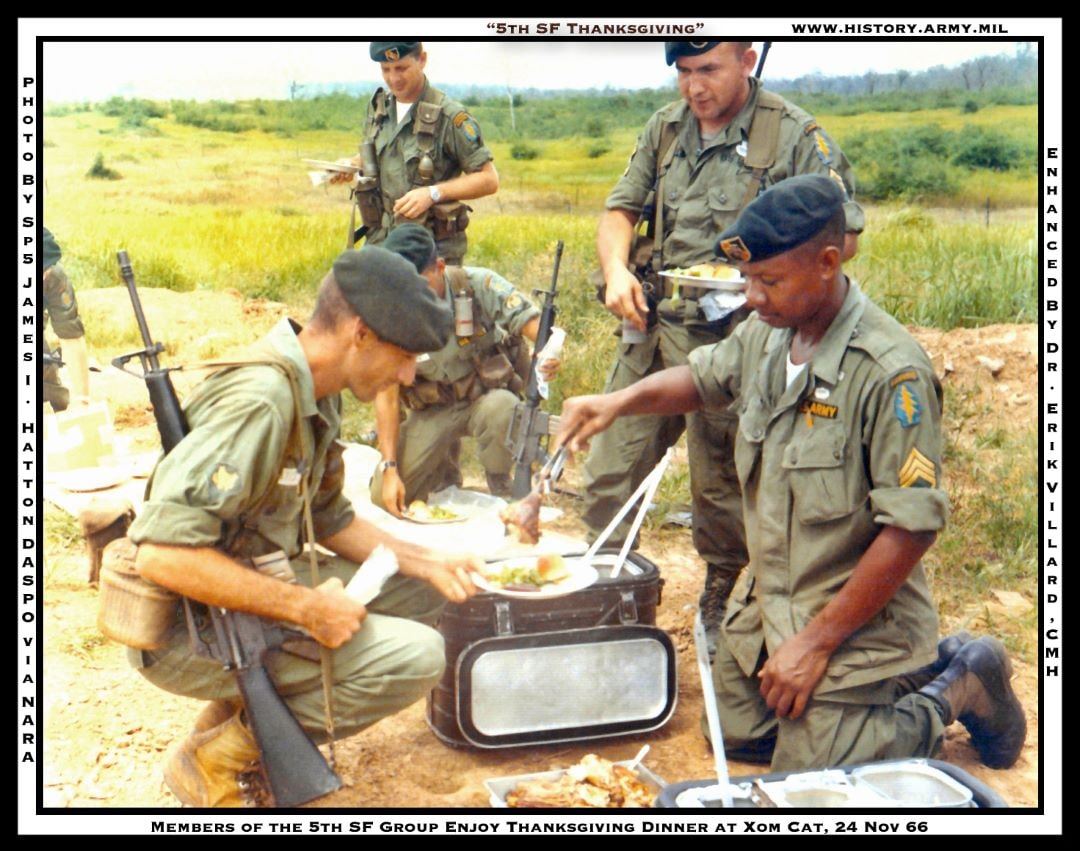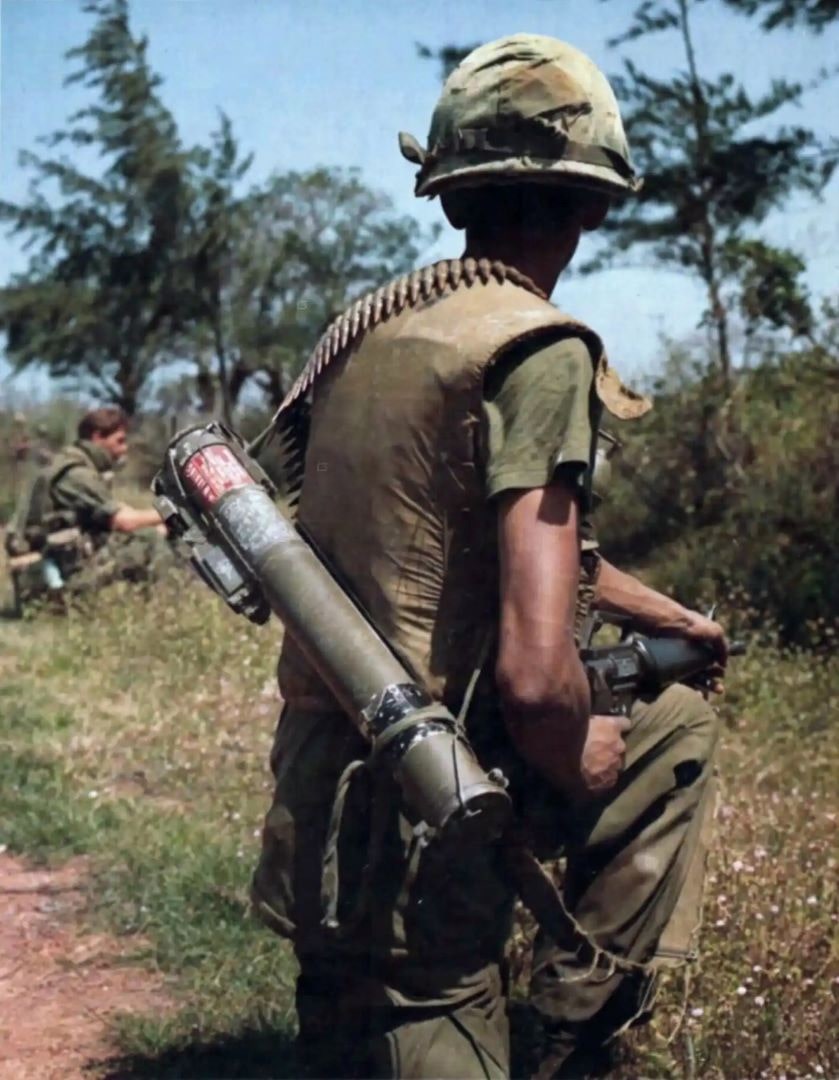U.S. MILITARY ASSISTANCE COMMAND, VIETNAM (MACV) - END OF THE VIETNAM WAR 50TH ANNIVERSARY COMMEMORATION –
The main command instrument for U.S. forces in Vietnam, MACV presided over U.S. combat involvement in the conflict and became synonymous with the U.S. war effort.
The main command instrument for U.S. forces in Vietnam, MACV presided over U.S. combat involvement in the conflict and became synonymous with the U.S. war effort.

MACV was formed in FEB 1962 to complement the Military Assistance Advisory Group (MAAG). In the ensuing years combat troop activity escalated to the point that MACV absorbed MAAG in 1964, becoming the chief U.S. command in Vietnam.
#Armyhistory #USArmy #TRADOC #VietnamWar
#Armyhistory #USArmy #TRADOC #VietnamWar
MACV was in principal control over all U.S. forces in Vietnam, under the leadership of a U.S. Army General. MACV’s commanders were Paul D. Harkins (1962 – 1964), William C. Westmoreland (1964 – 1968), Creighton Abrams (1968 – 1972), and Frederick C. Weyand (1972 – 1973). 

During the period of MACV control in Vietnam, U.S. troop presence increased from just over 23,000 in 1964 to a peak of over 536,000 in 1968 before steadily declining until the U.S. withdrawal in 1973.
#VietnamWarHistory #VietnamVeterans #MilitaryHistory #MACV #MACVSOG
#VietnamWarHistory #VietnamVeterans #MilitaryHistory #MACV #MACVSOG

MACV occupied a Saigon office complex dubbed “Pentagon East” from which it oversaw conventional land, sea, and riverine warfare elements as well as field advisory and special operations elements, most famously through the Studies and Observations Group (MACV-SOG). @USArmy 

MACV was dissolved as the last troops departed Vietnam on 29 MAR 1973. It was replaced by the Defense Attaché Office, Saigon, which took on the advisory and support duties of MACV within the parameters laid out by the Paris Peace Accords.
@TRADOC
@TRADOC
• • •
Missing some Tweet in this thread? You can try to
force a refresh

 Read on Twitter
Read on Twitter



















